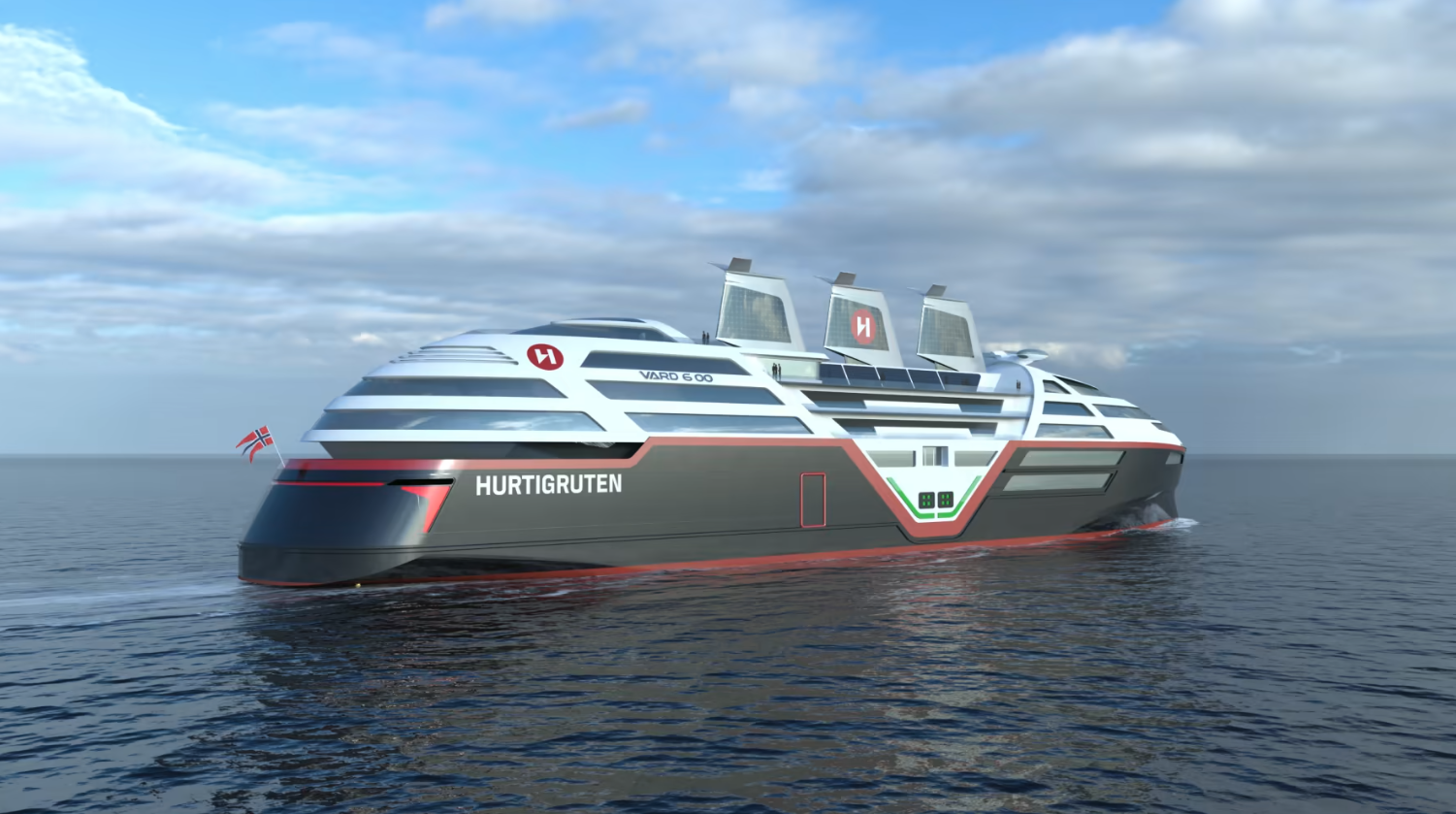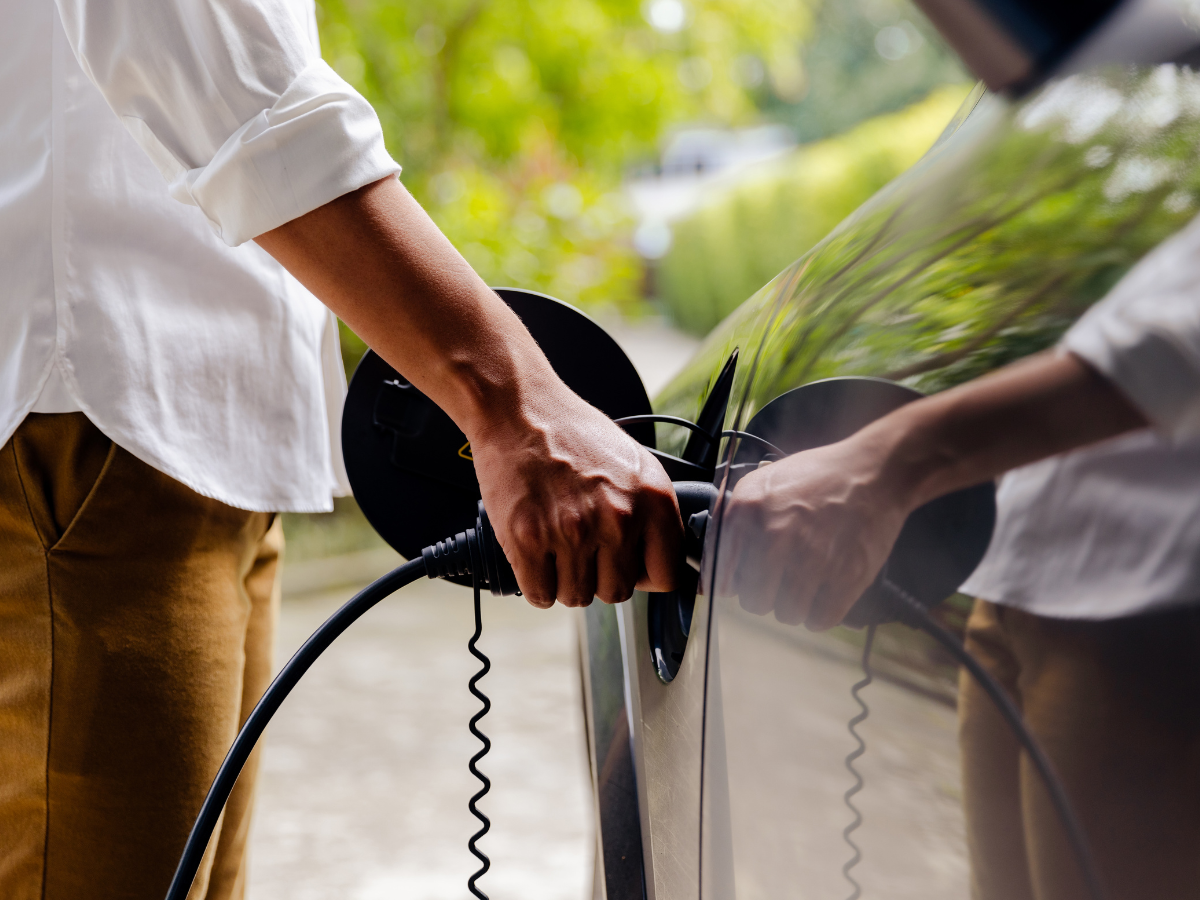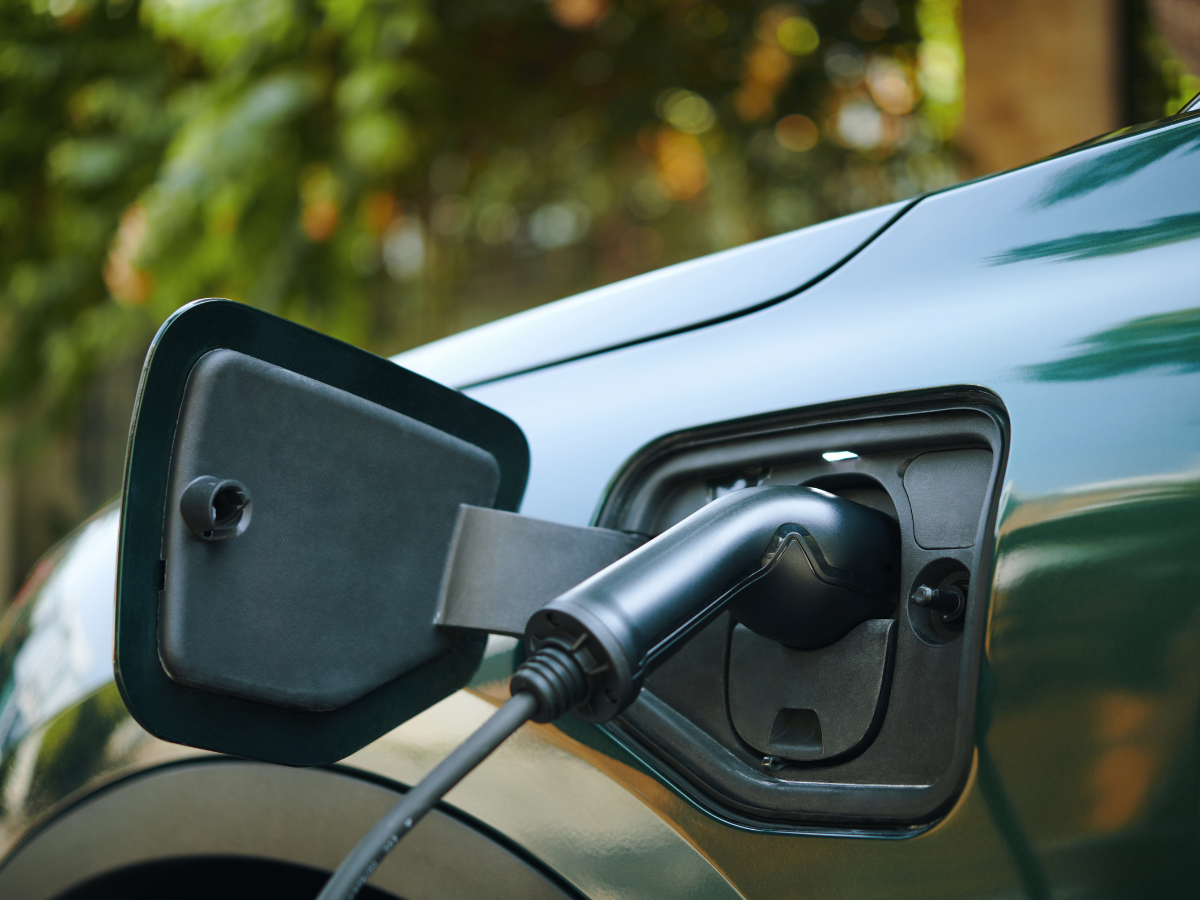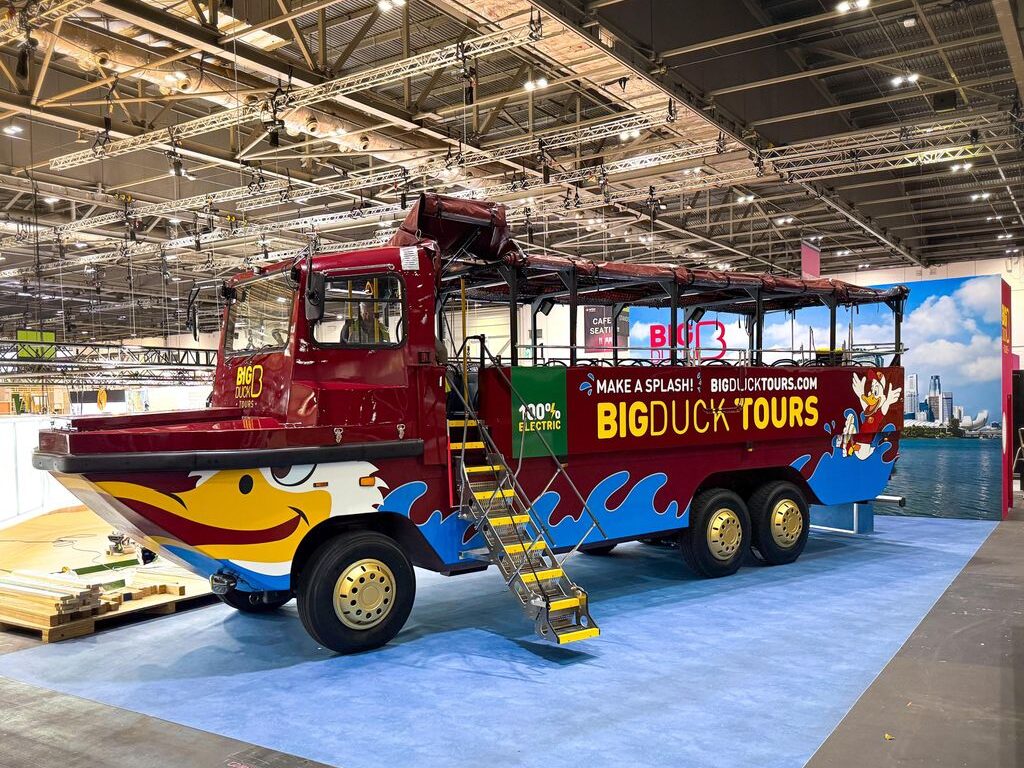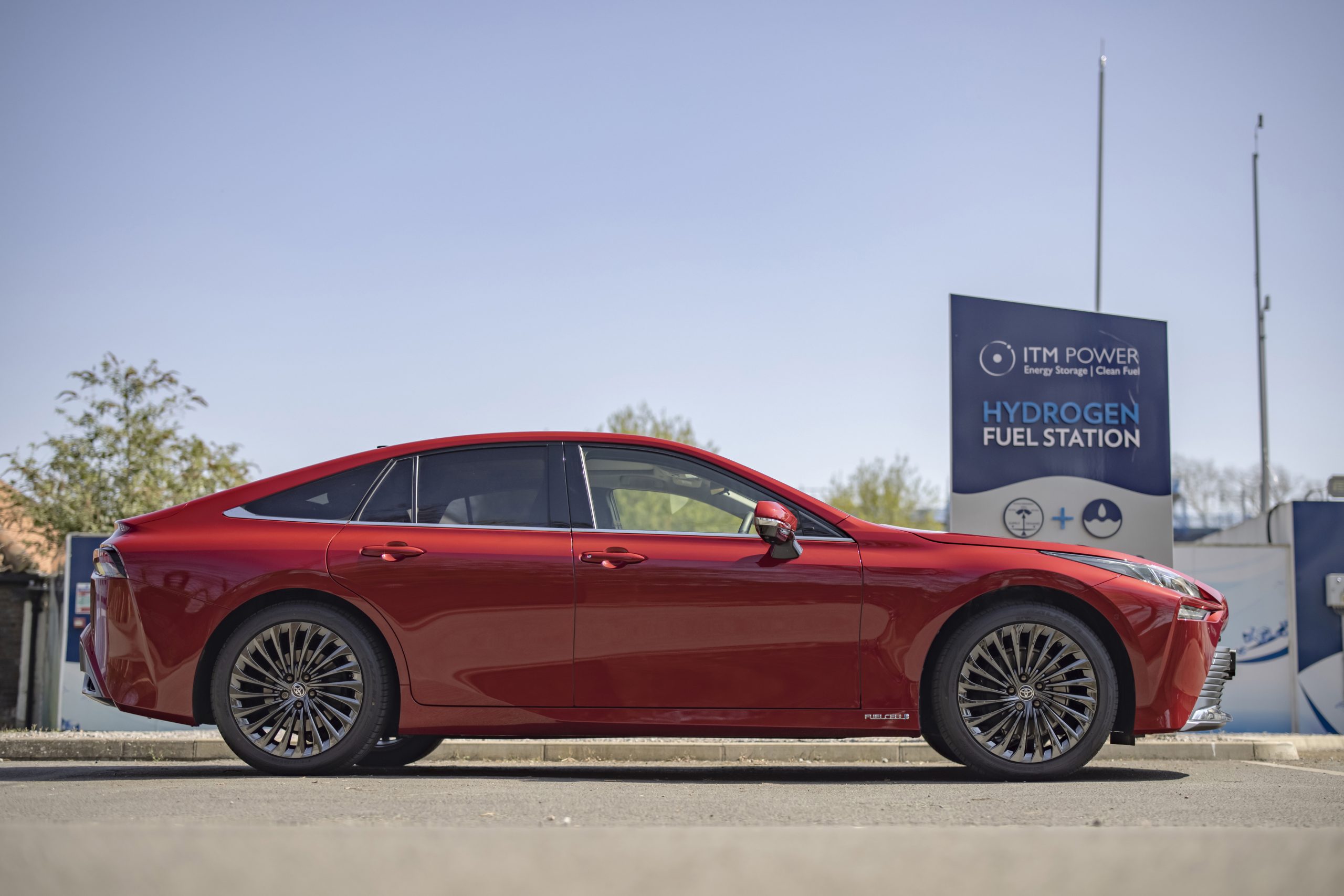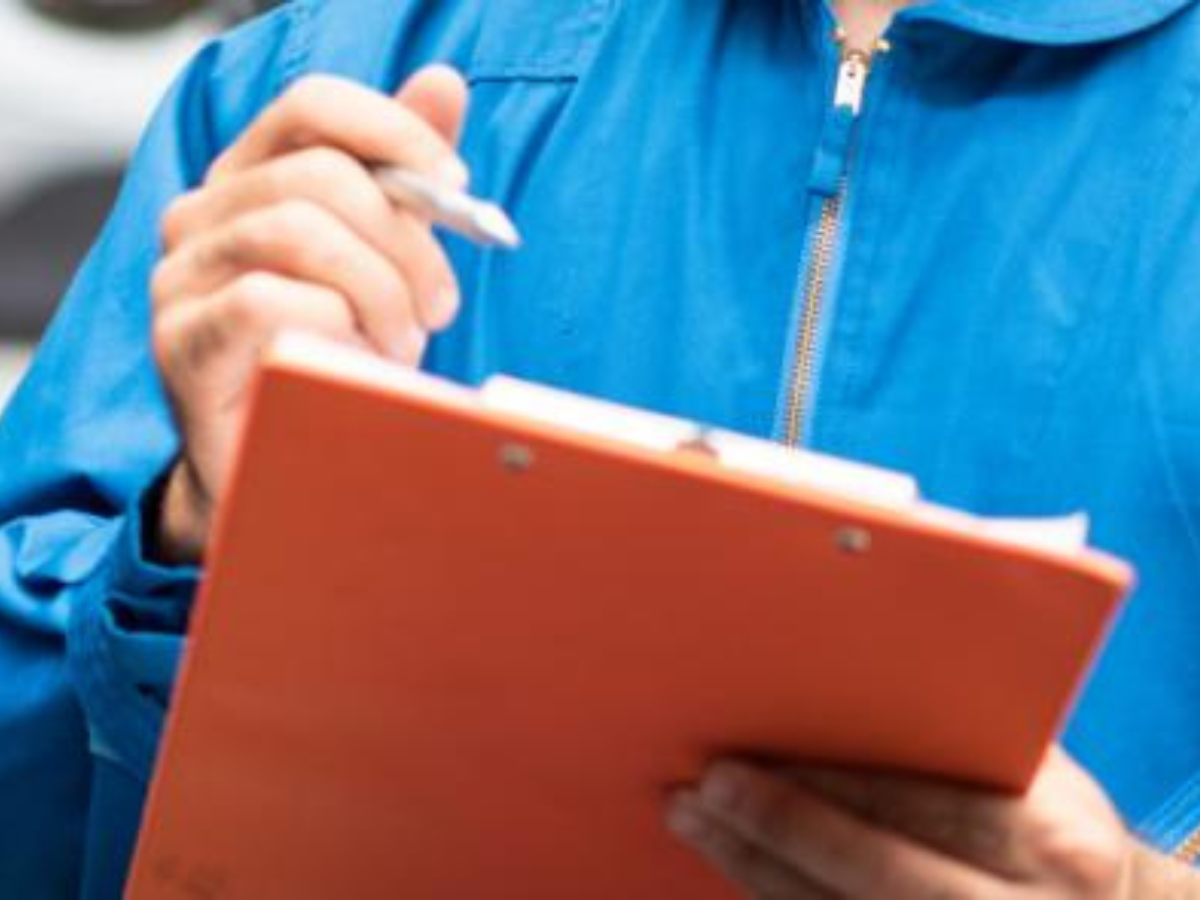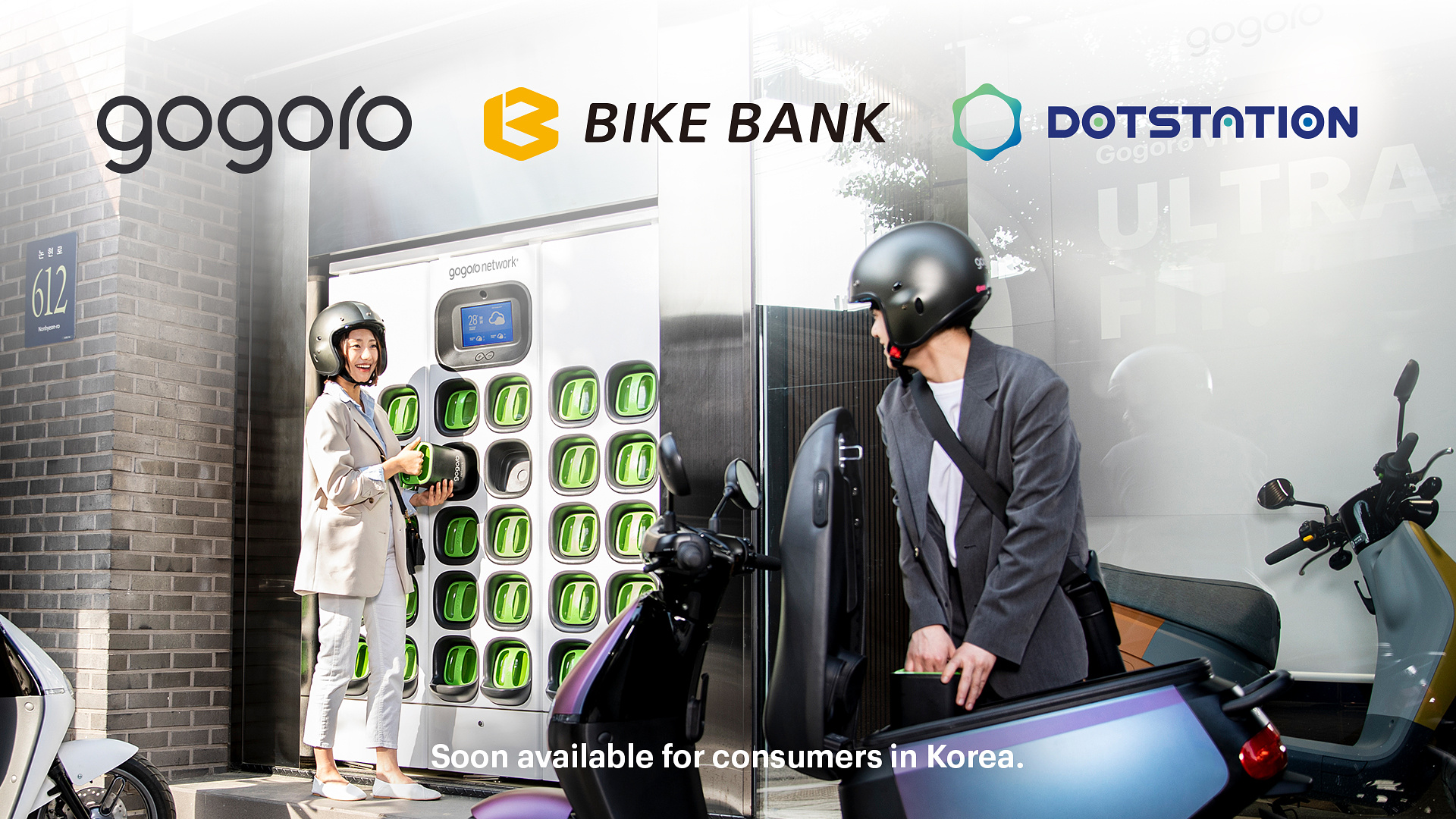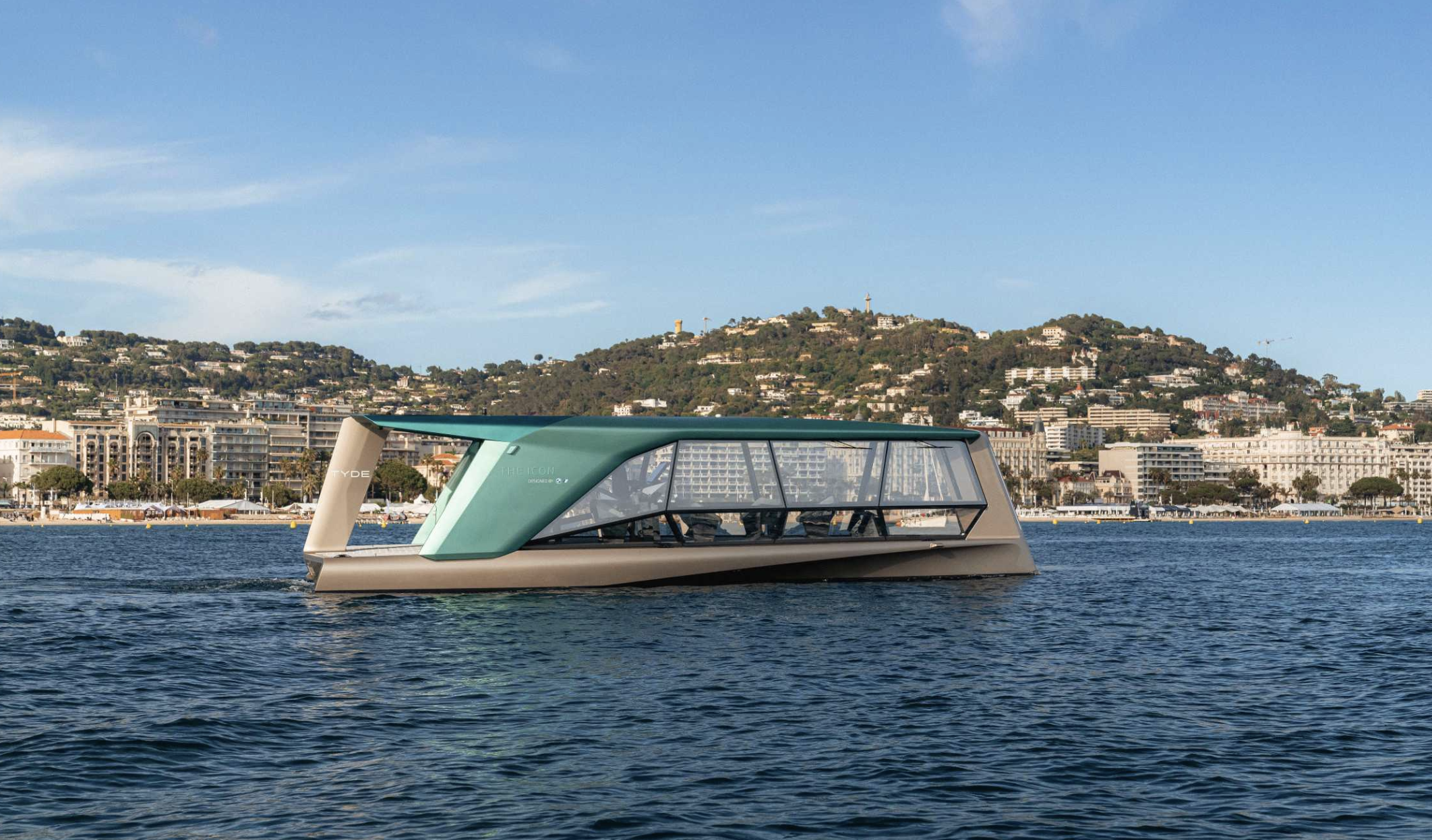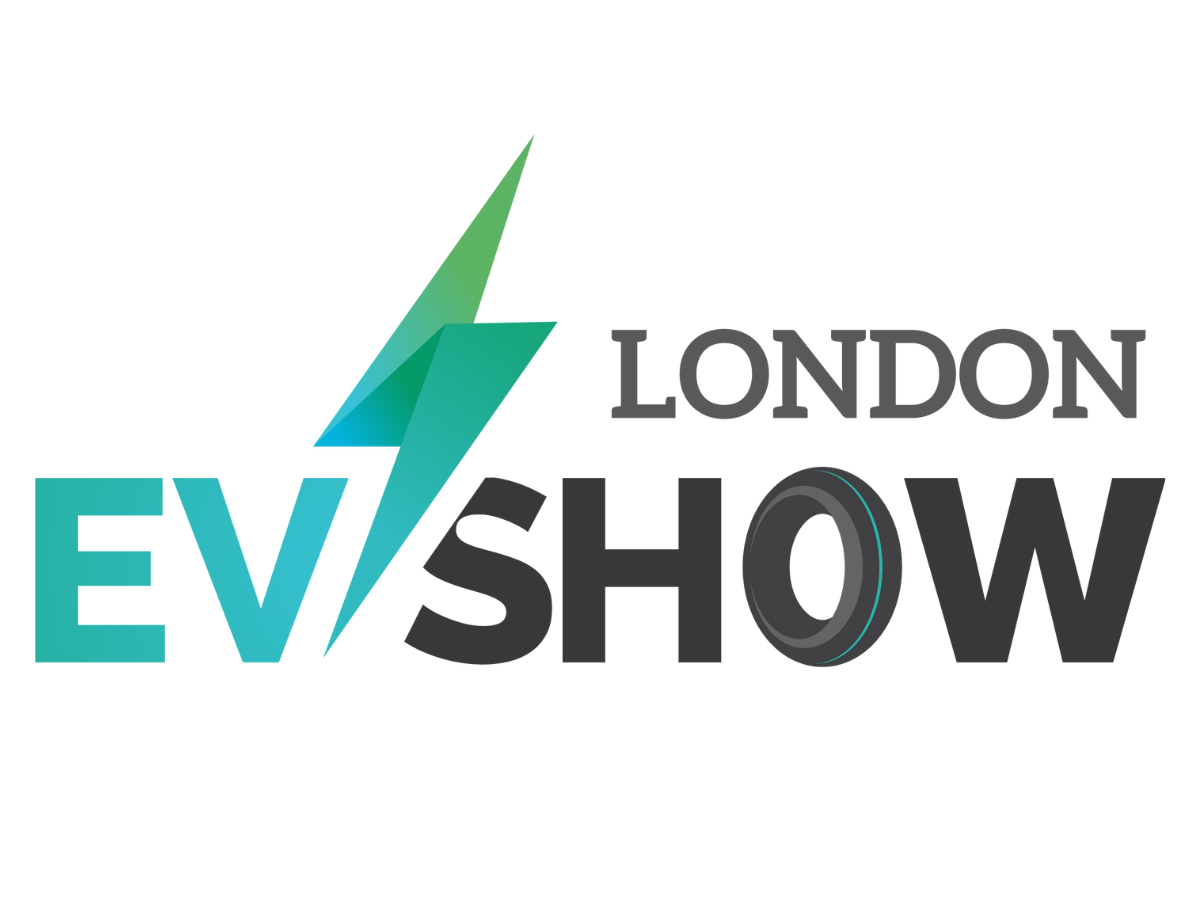Hurtigruten Norway has unveiled plans for its first zero-direct-emission electric cruise ship, which will feature technologies to generate its own solar and wind power.
The company’s Sea Zero project was initially announced in March 2022 with the aim of producing the world’s most energy-efficient cruise ship.
This mission is being led by Hurtigruten Norway and its consortium of 12 maritime partners along with research institute, SINTEF.
The consortium has now presented initial findings from its first year of research and has unveiled the visual concept for its vessel.
Hedda Felin, CEO of Hurtigruten Norway said:When we initially announced the Sea Zero project over a year ago, we were faced with the challenge of not knowing which technologies would be available to us in 2030. Our task was to pave the way for new innovations and enhance existing ones to align with our sustainability objectives.
Following a rigorous feasibility study, we have pinpointed the most promising technologies for our groundbreaking future cruise ships. We are committed to delivering a ship that surpasses all others in terms of energy efficiency and sustainability within just a few years.
Hurtigruten Norway’s first zero-emission ship is projected for completion in 2030. The company then intends to transform its entire fleet into zero-emission vessels.
These future ships will have electric propulsion systems and will be equipped with batteries that charge in port.
The new design combines 60-megawatt-hour battery solutions with wind technology and features numerous firsts for the cruise ship industry, including retractable sails with solar panels, artificial intelligence manoeuvring, contra-rotating propellers, and multiple retractable thrusters.
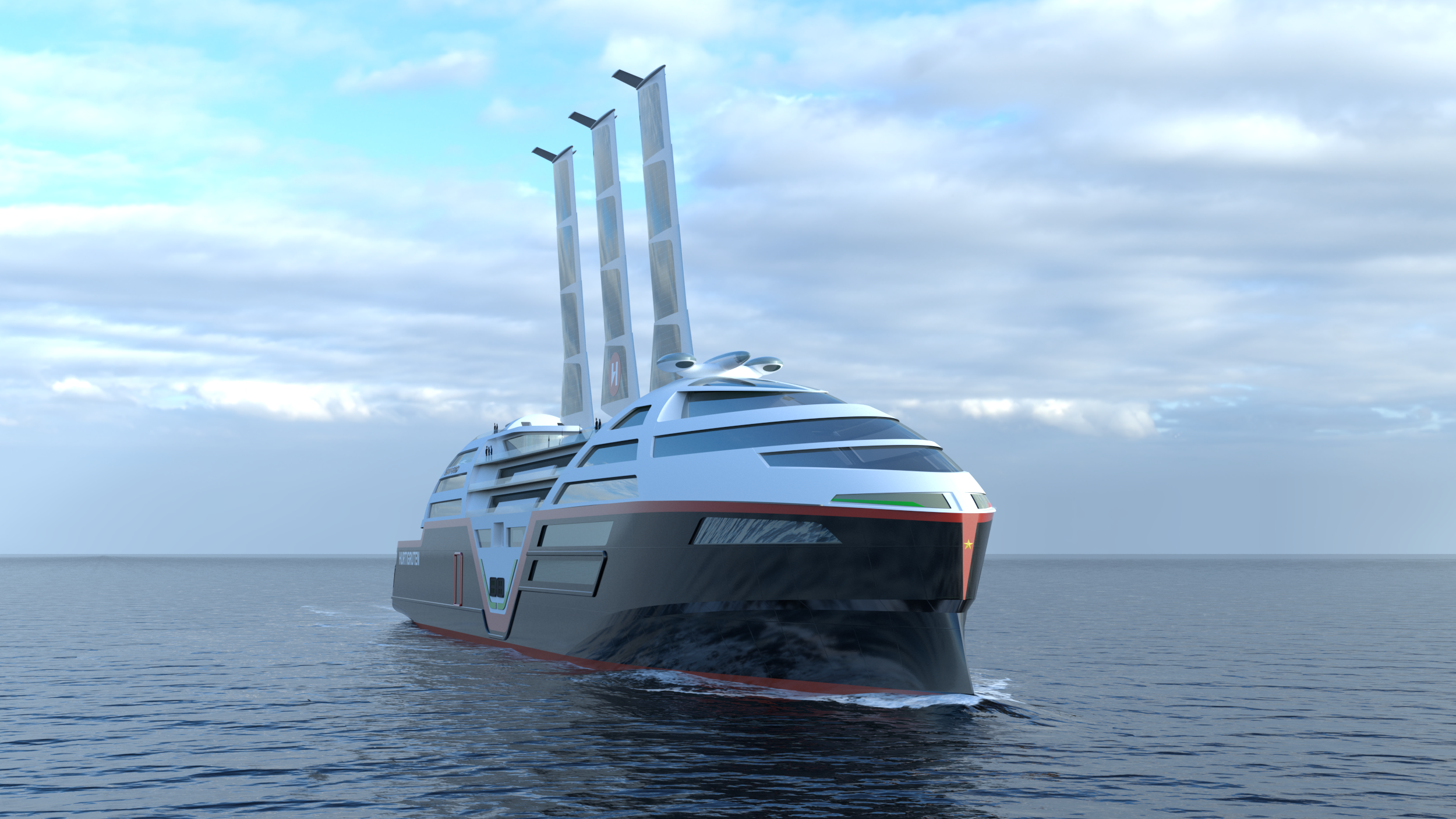
Additional technologies also include air lubrication, advanced hull coating and proactive hull cleaning.
Hurtigruten Norway has operated along the Norwegian coast for 130 years, serving 34 ports each day. It will now use AI to collect data on the most efficient docking and undocking methods for each of these ports during varied weather conditions.
These advanced AI technologies will allow the ship’s bridge, where the Captain and crew steer the vessel, to be significantly reduced in size compared to a standard cruise ship.
Meanwhile, the three retractable, autonomous wing rigs will include 1,500 metres-squared of solar panels and will have a total wind surface of 750 metres-squared, reaching a maximum height of 50 metres when fully extended.
Overall, the vessel’s streamlined shape will result in less air resistance, reduced energy use and increased passenger comfort.
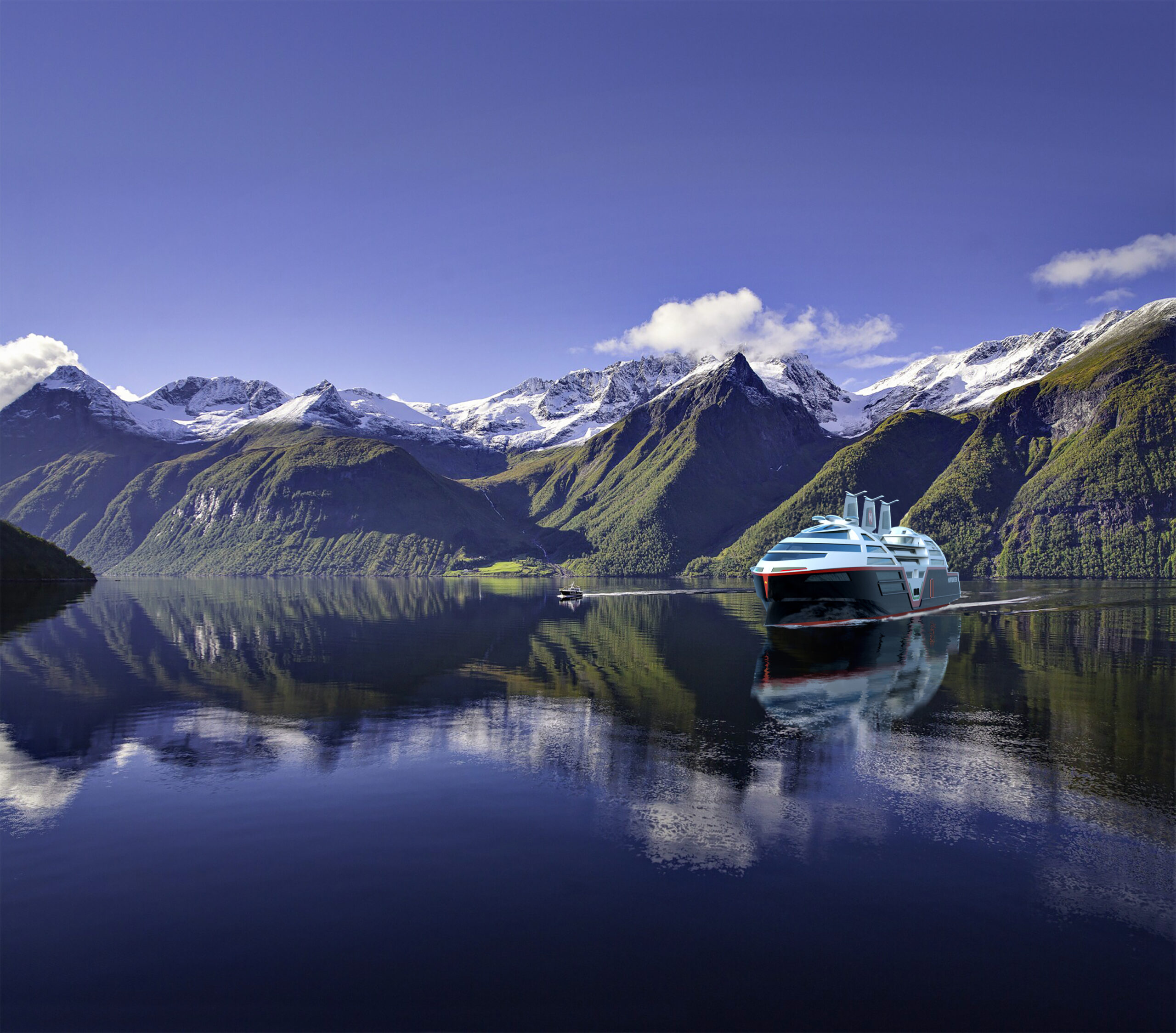
The new ship is modelled at 135 meters long, with 270 cabins for 500 guests and 99 crew. It will also have a significant cargo hold and will have the ability to transport cars.
Henrik Burvang, Research and Innovation Manager at VARD, the design and shipbuilding company behind the concept visuals said:We are developing the concept for a very innovative cruise design and researching to find the optimal design methods suitable for zero-emission ships. The streamlined shape, with its innovative hull and propulsion solutions, not only reduces energy demand but also increases passenger comfort. In the process, we are developing new design tools and exploring new technologies for energy efficiency.
Sea Zero has now entered a two-year phase to test and develop the proposed technologies.
The current research focuses on battery production, propulsion technology, hull design and sustainable practices that reduce energy use.
While Hurtigruten Norway is working towards its first zero-emission ship, it is also undertaking a significant environmental upgrade with its existing fleet.
Two of its seven ships have been upgraded to battery-hybrid-power, with a third set to be upgraded this autumn.
The five other vessels are also being outfitted with technologies that will cut CO² emissions by 25% and NOx by 80%.

